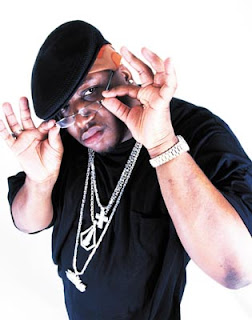
Basic
Yesterday we started focusing on building our songs around Verses and Choruses.
Recap:
- What is a verse and how long is it usually?
- What is a chorus and how long is it usually?
New question: How many verses and choruses do you usually have in a song?
To help us get a general idea about this, everyone is going to listen on headphones to the T.I. song, "Whatever You Like" and count the number of verses and choruses. Before we start this though, let's identify the chorus in this song:
"Whatever You Like" by T.I.
So there are two more parts of this song that I want you to pay attention to. The first one is the very beginning of the song, aka...
The Intro is the start of the song. Its purpose is to build suspense for the listener so that there is more excitement when the Verse or Chorus kicks in. There are lots of ways to make an intro; two really easy ones are to have the song start with either no drums or only the drums. An Intro is usually 2-4 bars long.
A little bit more complicated is something called a Prechorus...
A PreChorus is a little section that goes in between the Verse and the Chorus. Its purpose is to connect the two and make the transition between them a little smoother, or help create suspense so that the Chorus hits harder. Sometimes this is like a whole new musical section, other times it can just be the last part of the verse that always gets repeated along with the Chorus. The PreChorus is usually about 4 bars long.
In "Whatever You Like", the PreChorus is the part where he says "I want your body, need your body etc." What else is happening the beat in this section? Any new instruments?
So, the whole song could be broken down like this...
Intro - Ch - V1 - (PreCh) Ch - V2 - (PreCh) Ch - V3 - (PreCh) Ch - V4 - (PreCh) Ch
Let's listen to one more song and see if you can identify the prechorus...
So today, these should be your priorities as you work on your songs:
- Finish your Verse and Chorus sections. Feel free to switch their order around if you want the
- Copy the Verse and Chorus so that you have at least 3 of each.
- Add a 4-bar Intro at the beginning of your song. Make it so that there's some kind of buildup and when the song gets to Bar 5, I really feel it when the song kicks in!
Advanced
You folks should keep working on your 3rd songs. Last time you picked an artist/producer whose style you were imitating. Please be sure that you keep working on this same beat today and try to incorporate the 5 elements that you wrote about in the Song Information section of your Reason file. Today is a long period, so this is your main block of time to get the song mapped out.
Make it happen!





















